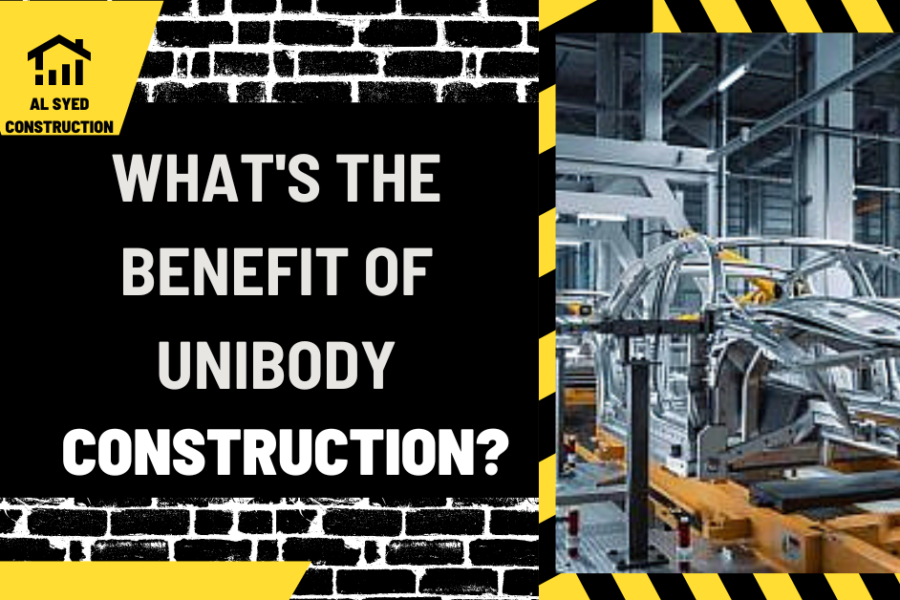What’s the Benefit of Unibody Construction?
Table of Contents
Introduction
Unibody construction, also known as monocoque construction, is a method used primarily in the automotive industry, where the chassis and body of the vehicle are integrated into a single structure. This approach to vehicle design and manufacturing has become increasingly popular due to its numerous advantages over traditional body-on-frame construction. Understanding the benefits of unibody construction is essential for appreciating its impact on vehicle performance, safety, and efficiency.
Enhanced Safety Features
Improved Crash Protection
Unibody construction provides superior crash protection compared to body-on-frame designs. The integrated structure is designed to absorb and distribute impact forces more effectively, reducing the risk of injury to passengers in the event of a collision.
Rollover Resistance
Vehicles with unibody construction tend to have a lower center of gravity, which enhances stability and reduces the likelihood of rollovers. This feature is particularly beneficial for SUVs and crossover vehicles, which are more prone to rollovers due to their higher center of gravity.
Improved Vehicle Performance
Weight Reduction
Unibody construction results in a lighter vehicle, as it eliminates the need for a separate heavy frame. The reduced weight contributes to better fuel efficiency, quicker acceleration, and improved handling, making the vehicle more responsive and enjoyable to drive.
Enhanced Rigidity and Stability
The integrated structure of a unibody vehicle provides greater rigidity, which translates to better stability and control on the road. This rigidity also contributes to a smoother ride, as it reduces vibrations and noise from the road.
Manufacturing and Design Advantages
Cost-Effective Production
Unibody construction simplifies the manufacturing process, as it requires fewer parts and less labor compared to traditional body-on-frame construction. This efficiency can lead to lower production costs and more affordable vehicles for consumers.
Design Flexibility
The unibody approach offers more design flexibility, allowing manufacturers to create vehicles with sleeker, more aerodynamic shapes. This freedom in design can lead to more visually appealing and innovative vehicle models.
Conclusion
Unibody construction offers significant benefits in terms of safety, performance, and manufacturing efficiency. Its ability to provide superior crash protection, reduce vehicle weight, and offer design flexibility has made it the preferred choice for many modern vehicles. As automotive technology continues to evolve, the advantages of unibody construction will likely play an even more prominent role in shaping the future of vehicle design and manufacturing.




